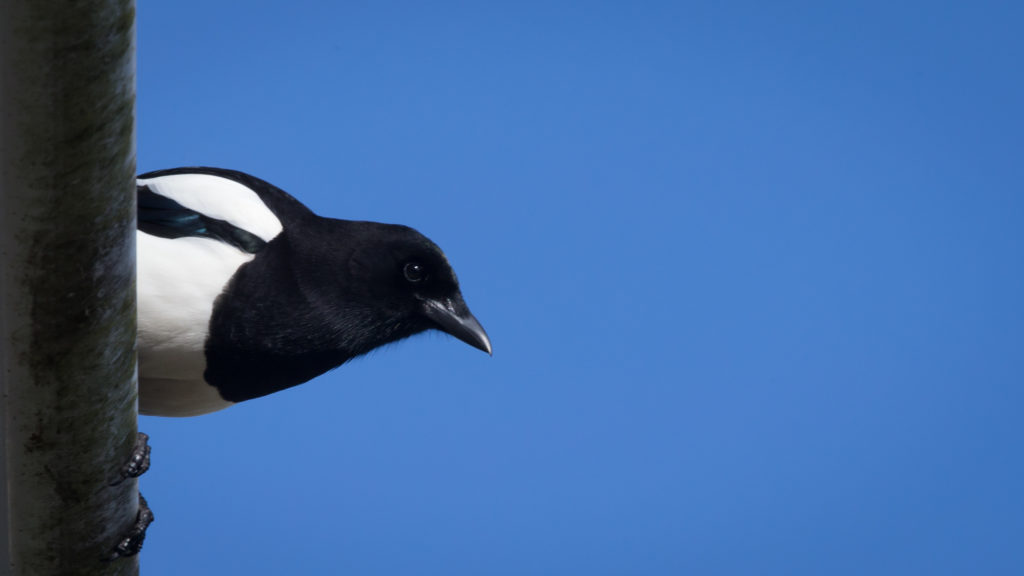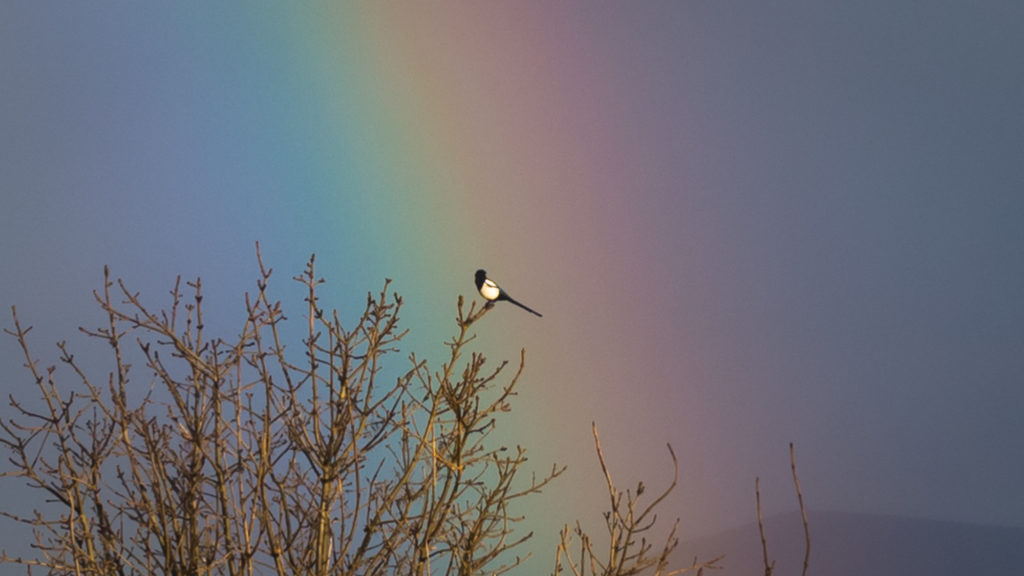I started this series of daily journals on March 1st when my preoccupation was the preparation for a walk from Manchester to Rome. I’d already realised that the coming pandemic might postpone it. Nonetheless, since I planned to journal the walk, practice was required.
Twelve days later, I wrote that I’d been discharged from prostate cancer care but the bigger news was the confirmation, on the same day, of a tumour in our eldest daughter, that confirmation coming three days before I started the journal. There’s always an element of denial with the arrival of cancer but by the 27th journal, a strange day, her treatment had started. The treatment continues and will continue for many months to come.
By then, before our daughter’s chemo had started, my walking buddy had been untested positive for Covid despite his hospitalisation. His family all had a ‘little flu’ though he was rendered particularly sick for weeks and weeks. His recovery continues.
My journaling also continues.
The plan for walking to Rome is still on our agenda, healthy outcomes presumed, deferred by a year. This day next year, we should be 100 days out from Manchester, 31 days short of Rome. This day’s walk should be through the flat fields heading towards Fidenza, east of Parma, where Zebre play their rugby.
Talking of Zebre reminds me that I was watching magpie training, rather than rugby, a few hours ago. I heard the machine-gun rattle of a few magpies and there below my window, on a fence, were four busy magpies. Two looked bigger, more dominant and must have been the parental unit. The other two, scrawny and unsteady were surely the kids, too big to be called chicks.
Several churrs from one parent were repeated by both kids. The other parent stuck out a wing, hopped forward twice. The kids did the same. Two wings elevated above the body, the kids did the same. The parents were expecting the kids to mimic their vocalisations and their calisthenics.
I’m watching this and my brain is off on tangents, postulating that such mimetic behaviour training is standard practice among magpies (and perhaps other birds too). I’d never noticed let alone watched it before.
I know domesticated birds can learn to vocalise our words and phrases. Some parrots have been known to have huge human vocabularies, way beyond ‘pretty Polly’, thereby enabling them express abstract concepts like colour, quantity, shape and even mood. Living several decades probably helps the parrot learn human words, and by the way, parrots seem to be able to learn new words from other parrots.
Charlie is an Australian Sulphur-Crested Cockatoo that took a dislike to us around 1986. At one time there was an interval of nearly 25 years between visits to his home and I assure you, he still hasn’t forgotten nor forgiven whatever slight or transgression occurred all those years ago.
I don’t know how well known the study of cladistics might be. So a brief description is that various shared molecular, anatomical and genetic traits can be used to group organisms into clades. A clade is then a group of organisms that includes an ancestor and all descendants of that ancestor. Putting it another way, clades represent unbroken lines of evolutionary descent. For example, birds, dinosaurs, crocodiles and their extinct relatives form a clade.
Using the reverse logic, bioscientists use cladistics to trace ancestry back to shared common ancestors by assessing the shared molecular, anatomical and genetic traits.
You know, when I was watching the magpies, I was thinking about velociraptors, a fleet-of-claw theropod dinosaur that hunted in packs that went extinct 70 million years ago.
If good habits are worth handing down, I wonder if cladistics might reveal that velociraptors taught their young calisthenics too?



Leave a Reply